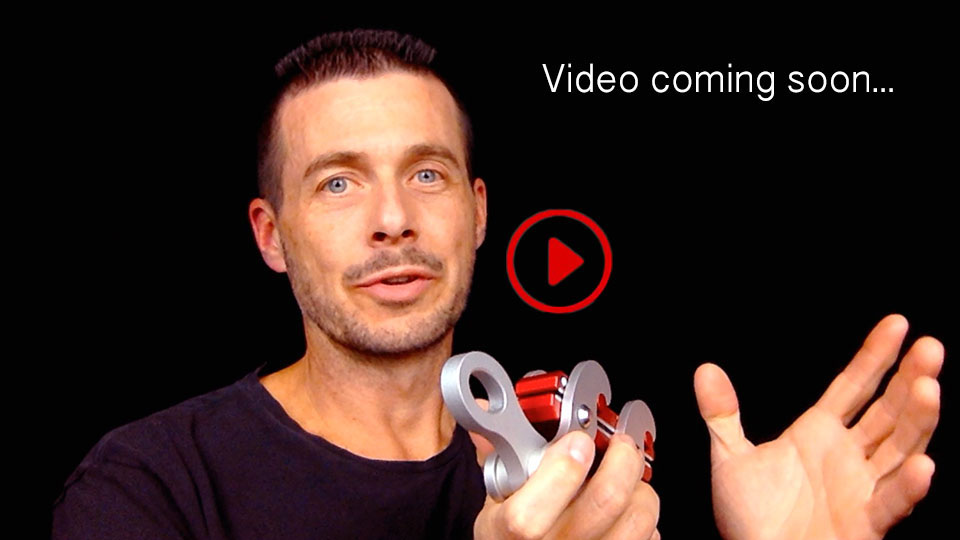lineGrip rubber cleaning & maintenance [vid]
lineGrip rubber cleaning & maintenance [vid]
Keeping the rubber surface clean and sticky will improve your lineGrip’s reliability.
Two of the 18 lineGrip-rubber compound ingredients are special “softening agents” to provide for softness in cold environments. Unfortunately these agents tend to volatilize over time (especially in warm environments), leaving a tiny bit of hardened, smooth, almost slippery residue on the rubber surface.
If the lineGrip is used regularly, this residue is no issue at all, because it will be worn off with each use. Should you, however, not have used your lineGrip for a few weeks, you will probably feel this residue when probing the rubber surface with your finger tip. It will feel slick and kind of slippery. This is an indication, that it is advisable to clean the surface.
Note: you will not necessarily see a difference between a sticky and slippery rubber coating. You must feel it. Even a super sticky rubber surface might look shiny, if it has not been used very often. If it feels sticky, its good – no need for cleaning.
To remove any residue or possible contamination with fat, grease or oil, you may clean the rubber surface with:
- Cleaning solvent (benzine) on a clean cloth.
- Silicone remover on a clean cloth.
- Dish washing liquid (rinse thoroughly!), water & a dish-sponge.
- Need be, if nothing else at hand in the field, use spit and your finger 😉
Note: do not use agressive cleaners, such as thinner or acetone!
It is self evident, that primarily keeping the rubber surface free of dust, dirt and sand, will improve its functionality.

Tip: If the rubber surface is very slippery, feels kind of hard and looks greyish you might consider using the scotch-brite side of a dishwashing sponge in combination with water and dishwashing liquid to “mechanically” rub away the residue.
Note!
A very old rubber plate (over 2-3 years) will not be reliable after cleaning, even if the surface feels sticky again at first. This is due to the full volatilization of the softener agents. Learn more about rubber plate age and when to replace >
Caution!
The rubber coating on the clamping plates is a key element of the lineGrip which must withstand highest strain.
The rubber should be visually checked for integrity and be freed from debris and impurities before each use! Any dirt or debris on the rubber surface can potentially damage the slackline, even to a degree that may lead to premature failure at even less than 50% of the slacklines intact MBS!
The clamping plates are compressed with a pressure force of about 135% of the pulling force. So, if for example, the lineGrip is loaded with 10kN (1t) pulling force, the rubber will excert pressure equivalent to about 1.35 tons to the clamped slackline, which will crush anything harder than the slackline through its fibers.

